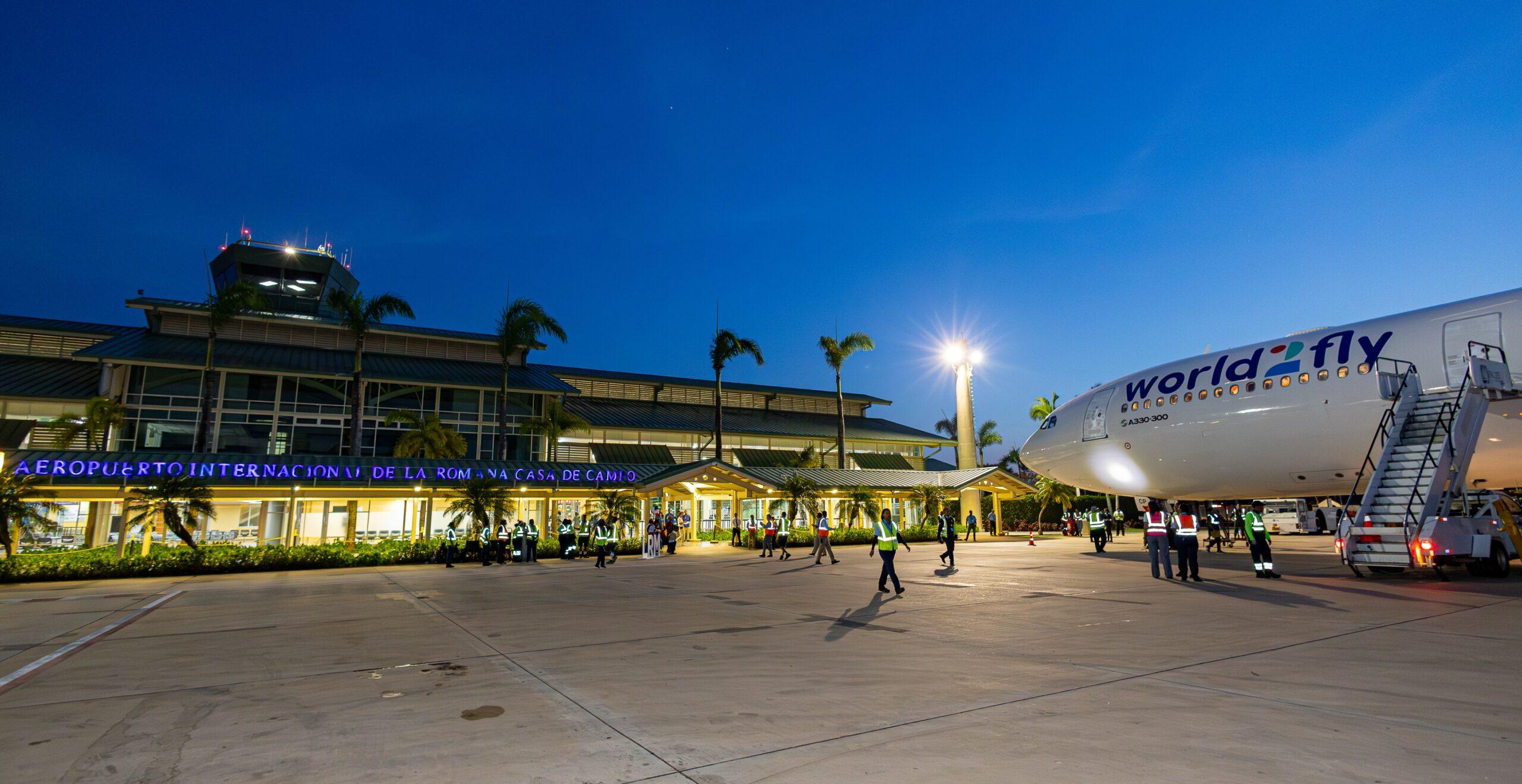Tourism’s Potential for Mountain Ecosystems and Communities Outlined in New Report

While mountain tourism has become an increasingly relevant motivation for travel, data on its size and impact remains scarce, a new report from the UN agencies the Food and Agriculture Organization of the United Nations (FAO), the World Tourism Organization (UNWTO) and the Mountain Partnership (MP) makes clear.
Mountain tourism represents between 9 and 16% of international tourist arrivals worldwide, translating into 195 to 375 million tourists for 2022 alone. However, the scarcity of domestic mountain tourism-related data make it difficult or even impossible to assess the economic, social and environmental impacts of this important segment. This new report aims to address this data gap.
Mountain tourism for sustainability and inclusion
With the right data, we can better control the dispersal of visitor flows, support adequate planning, improve knowledge on visitor patterns, build sustainable products in line with consumer needs, and create suitable policies that will foster sustainable development and make sure tourism activities benefit local communities
Mountains are home to around 1.1 billion people, some of them among the poorest and most isolated in the world. At the same time, mountains have long drawn tourists interested in nature and open-air destinations and outdoors activities like walking, climbing and winter sports. They also attract visitors with their rich biodiversity and vibrant local cultures. However, in 2019, the most recent year for which figures are available, the 10 most mountainous countries (in terms of average height above sea level) received only 8% of international tourist arrivals worldwide, the report «Understanding and Quantifying Mountain Tourism», shows.
Managed sustainably, mountain tourism has the potential to boost the incomes of local communities and help preserve their natural resources and culture. And, according to FAO, UNWTO and MP, measuring the volume of visitors to mountains represents the first vital step towards unlocking the potential of the sector.
«With the right data, we can better control the dispersal of visitor flows, support adequate planning, improve knowledge on visitor patterns, build sustainable products in line with consumer needs, and create suitable policies that will foster sustainable development and make sure tourism activities benefit local communities,» FAO Director-General QU Dongyu and UNWTO Secretary-General Zurab Pololikashvili stated.
Recommendations
The study, which was based around research carried out in 46 countries, shows that generating economic benefits, creating opportunities for local communities and developing sustainable products are the main motivations for mountain tourism development. The sustainable development of mountain tourism was also identified as a means to help to spread tourism flows, tackle seasonality and complement existing tourist offerings.
Through the report, FAO, UNWTO and MP highlight the importance of collective efforts, involving public and private stakeholders from across the value chain, to improve data collection, standardization and delivery to gain a more comprehensive assessment of mountain tourism in terms of volumes and impacts, so that it can be better understood and developed to align with the Sustainable Development Goals. The report also calls for concerted work to help raise awareness of the socio-economic importance of tourism in mountains and targeted policies to create jobs, support small and medium sized businesses and attract green investments in infrastructure and the digitalisation of tourism services.



